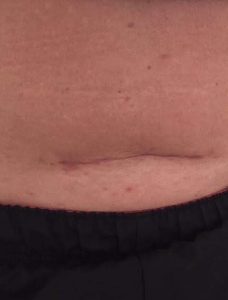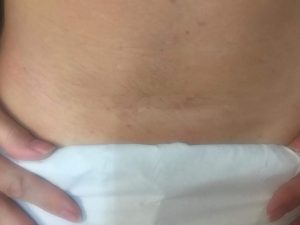Does your Caesarean Scar cause you problems?
Did you know that scars can generate adhesions, which can cause pain in other areas of the body?
Here at the Body in Harmony clinic, we see a lot of women with Caesarean scars. They may not come initially for ScarWork, but complain of back, knee or hip pain, typically. However, the first thing we do is work on the scar, because the healing process after surgery can result in adhesions, i.e. when structures in the body get stuck to other structures that they should not be stuck to. This can result in a ‘pull’ through the tissues, as if you’d grabbed the corner of a T-towel and you can see the folds radiating out from that corner to the rest of the material. So, the fascia (connective tissue) is very often tensioned by the adhesions, pulling bones, joints and organs out of position and/or affecting their function. That’s it in a nutshell and you can imagine that the misalignment and imbalance in the body that can result, could easily be, at the very least, a major contributor to the pain a woman may be feeling.
Some people ‘stick’ more than others, and Facebook groups are full of women seeking support and help, so badly have they been affected by adhesions. And yet, very little is known about how to help them.
So, what can you do about it?
Sharon Wheeler’s ScarWork is an approach to scarring that arrived in the UK about 6 years ago. It is a light touch therapy. Light touch has been shown to create cellular change by the process of mechanotransduction(1), where forces (light or heavy) are translated via the continuous fascia (which covers all structures in the body), right down to the inside of the cell. It would seem that this is part of how ScarWork affects the tissues; more research is needed and is currently underway, but the results speak for themselves.
Here is feedback from a delighted ‘scar model’ who came in with a Caesarean scar. The first photo is one she took of herself at home:

The second photo is after she had been a model for the students five times. Remember, she is being worked on by students, so progress is slower than if she had come to the clinic for one-to-one sessions. She is, this time, lying down, but the difference is still very clear.
This is what the client wrote when she sent us the photos: “It’s quite incredible. I’ve shown my friends and all are simply blown away.”

How can we help you?
We help our clients in a couple of ways: you can come to the Body in Harmony clinic, in Windsor, to have ScarWork with one of our therapists. Or, if you are not able to come for a one-to-one session, you can apply to be a ‘scar model’ for one of Jan’s courses, receiving free work from the supervised students.
Watch this video from a student who experienced the work herself on her C-scar:
If you would like to talk to us about your scars, please do get in touch.
(1) Blyum, L. (2020). Scars, Adhesions and the Biotensegral Body. Chapter 5. Eds: Trewartha, J. & Wheeler, S. Pub: Handspring Publishing, Edinburgh.
